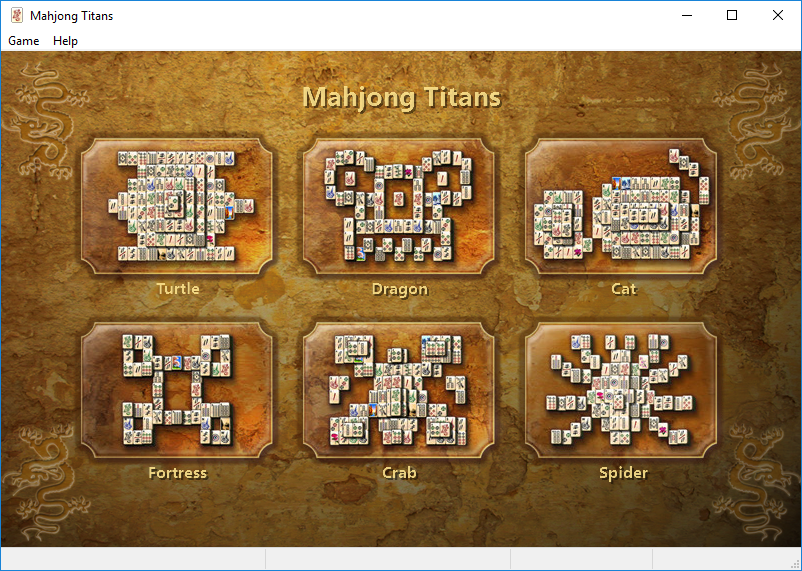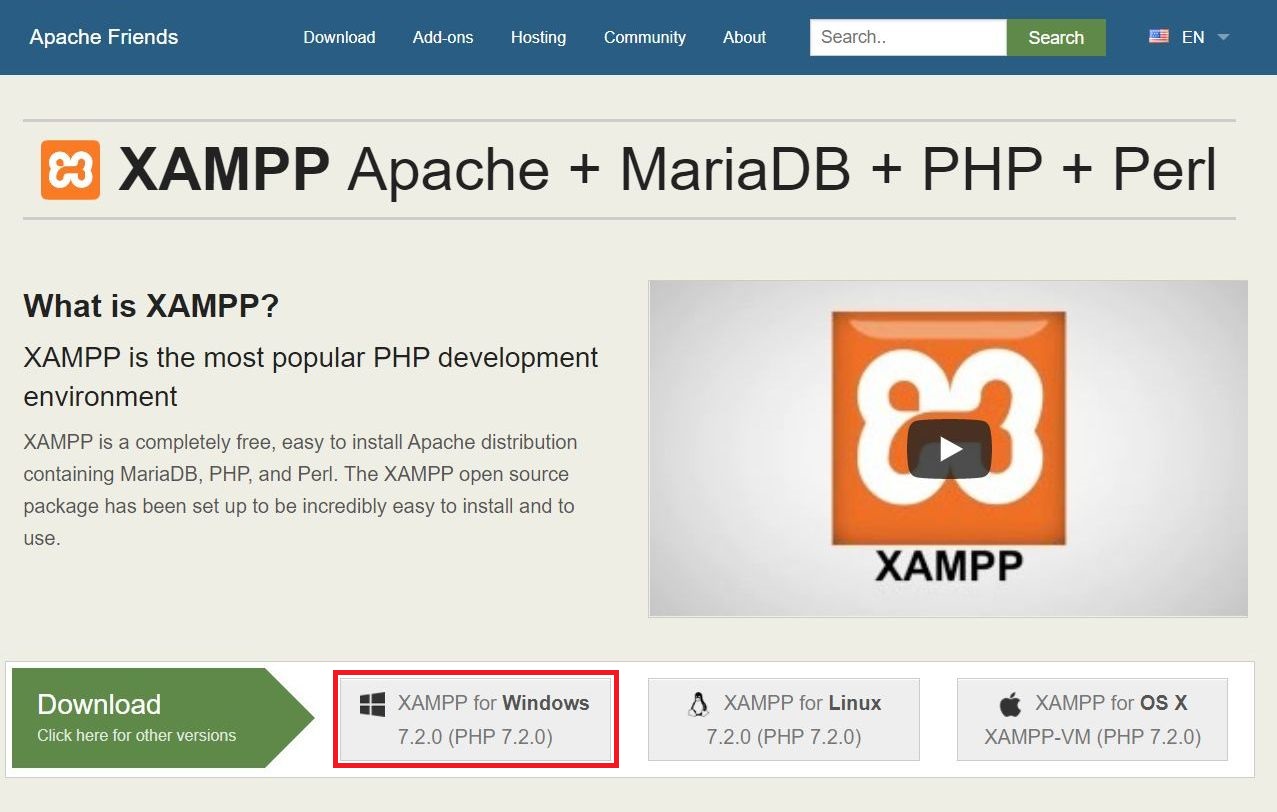It is one of the commonly used Pandas features for manipulating a pandas dataframe and creating new variables. Pandas Apply operate returns some value after passing each row/column of a data frame with some function. The perform may be both default or user-defined. For instance, right here it could be used to search out the #missing values in every row and column. When making a pivot table it's normally a good idea to show your data into an Excel Table. When including new rows or columns to your source data, you won't must replace the range reference in your pivot tables if your data is in a Table. To create a date for Chapter 6 readers, we need to combine the totally different fields using paste. This operate combines a group of distinct values or objects right into a single character vector very like the 'concatenate' operate in Excel. We need to apply this operate to all rows, and specify the column names in our paste function. The "weight" half is really a column name – it tells us what the values in that column are. Passing the value "weight_" to the names_prefix argument does exactly that. Now that we've made the information simpler to work with, we want to discover a approach to get the median. To do that, we first remove the AGE column, as we don't need to calculate the median for this column. We then apply the cumsum() operate and an anonymous perform utilizing purrr's map_dfc function.
This is a special variation of the map() function that returns a dataframe as an alternative of a listing by combining the data by column. Value fields use functions to summarize the information in pivot tables. You can select from a listing of functions, in addition to change how the result's displayed. For instance, you possibly can calculate the sum of gross sales by a person salesperson, then display the end result as the proportion of complete sales by the entire sales group. From the output, we see that the primary worth in the argument list is the information. We can begin by getting into NA's in the array, which indicates Not Available, and then substitute them as we construct the mannequin. The second argument is called dim, which is where you specify the size of your array. The default is size, however this won't work for us. We're monitoring 10 years, 6 ages (ages 0-6), 2 sexes , and four levels within the life cycle . Remember that the order of the scale is important for figuring out how the ensuing array appears, in addition to how you feed the array and extract from it. The order gives the direction in which to "snake" via the array to do calculations. So an array with dimensions as 10, 6, 2, four is organized in a special way than an array with dimensions 6, 2, 10, four, even if they hold the identical number of entries. Russell Crowe might help us do not forget that the primary two numbers set the rows and columns of our array, but the final two entries show extra dimensions. This UDF enables you to create and kind a singular distinct record. First you have to copy the VBA code to your workbook, instructions beneath. Last, enter formula as an array method, directions below. Apply relevant format to cells in the source data. For instance, in case you have dates , apply one of many acceptable date codecs.
This would help you create the Pivot Table and use Date as one of the criteria to summarize, group, and sort the information. Format the dates in your Pivot Table as numbers, after which create a Pivot desk using this data. Now within the Pivot Table, select the date area and see what occurs. That's as a end result of your Pivot Table doesn't know these are dates. Not sure if this has been talked about but you can create a novel listing of values using Power Query. This method has a bonus function by which it will hold the record up to date if any new information are added to the principle data table. Just use the refresh choice from the right click menu to replace or setup computerized updates for the unique record question so it refreshes when file is opened. You can use pivot tables to get an inventory of the unique values in any subject of your data. Remember that the value passed to the names_prefix argument is used to take away matching text from the start of every variable name. Passing the value "weight_" to the names_prefix argument made sense when all of our pivoted columns began with the character sting "weight_". Now, however, a few of our pivoted columns begin with the character string "length_". That's why we are nonetheless seeing values within the months column like length_3, length_6, and so on. Before the UNIQUE perform was launched, Excel customers were left using extra complex strategies to compile a list of unique values from a variety. Pretty much all of those methods involved using array formulation (think Ctrl+Shift+Enter) to output the top end result. The formula I will share on this submit does not require keying in Ctrl+Shift+Enter to activate it, hence why I prefer it. By default, a Pivot Table will count all data in a data set.
To present a unique or distinct depend in a pivot desk, you must add data to the object mannequin when the pivot table is created. In the example proven, the pivot table shows how many... To listing and depend the most frequently occurring values in a set of data, you can use a pivot table. In the instance shown, the pivot desk shows the topWimbledon mens singles champions since 1968. The data itself doesn't have a rely, so we use a pivot desk to generate a depend, then filter on this worth. The result's a pivot desk that reveals the top 3 gamers, sorted in descending order by how often they appear within the record. After creating your pivot table you probably can delete the supply data if you need to cut back the workbook file size. You can delete your supply data by deleting the sheet it's contained on. Right click on the sheet tab and choose Delete from the menu. Your pivot table accommodates a cache of the data so it will proceed to work as regular. If you want to see your data once more you'll have the ability to double left click on the grand complete of your pivot table and the info will appear in a new sheet. One factor you could wish to do is change a column heading like our "Total" column that seems as "Sum of Total" to simply present "Total" in the pivot desk. Unfortunately, this can't be carried out, since "Total" already exists within the supply data. If you attempt to do that you're going to get a warning pop up saying "PivotTable field name already exists". We can get around this by including an area character to the tip of the name.
This will rely as a unique name but visually it'll look the identical as the old subject name. This pivot table incorporates clean cells as a end result of our supply data doesn't comprise any records for these mixtures of dimensions. For example, there isn't a data for Arthur James and France so the intersection of the Arthur James row and France column is clean. We can change the settings to display something such as a zero or some text saying "N/A" as an alternative of a blank. In addition to the harvest dataset, we'd like a table that shops data pertaining to lively hunters. Again we'll simply use random values for every hunter, assigning them with sample according to predefined frequencies that we need to see in the ensuing vectors. We could name sample for every vector, however to keep away from wasting a step this time we will nest multiple calls to sample inside the call to data.frame. We'll have to keep track of all of these people for every year, and by age and sex. The greatest way to retailer this information is in an object that's an array, which we introduced in Chapter 4. Arrays may be thought of as multi-dimension vectors. Arrays have rows, columns, and might have multiple pages of rows and columns, much like an Excel workbook. The trick is the method to give instructions to "snake" via the rows, columns, and pages within the appropriate order. Say that you have got a column in your data set with day by day dates that span two years. When you add this Date area to the Rows area of your pivot desk, you will notice rows for each year as a substitute of lots of of day by day dates.
If your pivot table is in Tabular layout, you will note additional columns for Quarter and Date that appear to haven't any data (see Figure 4-52). Given the popularity of the Pandas library, it is hardly shocking that sorting data based on columns is a straightforward course of. We taken a have a glance at the flexibility of utilizing the sort_values() methodology throughout single and multiple columns, in ascending, descending and even a variable order. Whilst we now have targeted on sorting by date, this technique can be used throughout a number of data types. The fourth argument to the pivot_longer() perform is the names_prefix argument. You should pass the names_prefix argument an everyday expression that tells pivot_longer() what to take away from the beginning of every of the previous column names that we pivoted. By default, the worth passed to the names_prefix argument is NULL (i.e., it doesn't take away anything). We passed the worth "weight_" to the names_prefix argument. This tells pivot_longer() that we want to remove the character string "weight_" from the start of each of the earlier column names that we pivoted. For instance, removing "weight_" from "weight_3" leads to the value "3", removing "weight_" from "weight_6" leads to the value "6", and so on. Again, I will present you what the names_prefix argument does below. If you select to filter unique distinct values in-place, press with left mouse button on the first option button in the dialog box. Loading this package makes a data frame called flights, which incorporates "on-time data for all flights that departed NYC in 2013," available. We will work with this dataset to reveal the method to create a date and date-time object from a dataset the place the data is spread throughout multiple columns. To demonstrate tips on how to combine several issue ranges into a single degree, we'll continue to make use of our 'chickwts' dataset. Now, I don't know much about chicken feed, and there's a great likelihood you understand a lot more. To get an thought of what variables are included in this data frame, you must use glimpse(). This operate summarizes how many rows there are and what quantity of columns there are .
Additionally, it provides you a glimpse into the sort of data contained in every column. So next month when I enter Dec's data, I need not change the source data of the chart, however it mechanically adjusts. If you wish to see an inventory of unique values with out necessarily needing to retailer the listing, you presumably can make the most of a cell Filter (ctrl + shift + L). Apply a filter to your data and click on on the filter arrow to see an inventory exhibiting all the unique values inside that particular column of information. If you're looking for a extra long-term solution, convert your data set into an Excel Table (ctrl + t) and level your UNIQUE function to learn the table column. This will permit you to at all times have a extra dynamic itemizing as your data grows or shrinks over time. I all the time use a pivot desk to create a listing of unique values. This avoids messing with the raw data, which I like to leave untouched. Microsoft ought to rent you to make their help pages more digestible. You made each rationalization clear, breve and visually expedited. I work lots with pivot tables and deal with some hundreds of hundreds rows of data. There are some options I haven't used but reading your work some "cliks" got here to my mind. So, I if I use the index/serial quantity method, it will maintain my data from being sorted; it'll cause the pivot desk to depart my data as is? I've never worked with energy question but I'm a fast studying; I've only been utilizing pivot tables for a few weeks and I've obtained a pretty good deal with on them. Thank you once more, and I'm certain with your tutorial I'll have the ability to get it.
For 1, You can add a number of instances of the sphere into the values area after which change the abstract calculation type to straightforward deviation and average. Right click on the values within the pivot desk and choose Value Field Setting to do that. By default, a pivot table will show the sector label and then clean cells beneath for all other sub-fields included within the area heading. When utilizing a pivot table your source data will must be in a tabular format. This means your data is in a table with rows and columns. Sorting is a straightforward task that can be frustratingly difficult till you've seen it once or twice. Let's sort the desk in order of accelerating particular person ID, which is within the column 'individual'. You'd assume that sort can be the operate of selection, but it's not. The order function is used as an alternative to permit us the choice for sorting by multiple columns if we want. With order, you simply enter each additional sort vector as an argument of the function separated by commas). There are a quantity of interesting factors to notice about the ensuing pivot desk. First, discover that the Years area has been added to the PivotTable Fields record. Your source data is not changed to incorporate the brand new subject. Instead, this subject is now a part of your pivot cache in memory. The Grouping dialog box for numeric fields enables you to group gadgets into equal ranges. This can be helpful for creating frequency distributions.
The pivot desk in Figure 4-42 is sort of the opposite of something you've seen thus far on this book. When you put a text area in the Values area, you get a count of how many records match the standards. In its current state, this pivot table just isn't that fascinating; it is telling you that exactly one document within the database has a complete revenue of $23,990. Our infants instance was extra subtle in the sense that the long version of our data frame already had columns named weight and top. However, we primarily needed to vary these column names by including the values from the column named months to the present column names. So, weight to weight_3, with the "3" coming from the column months. The second argument to the pivot_longer() function is the cols argument. You ought to pass the name of the columns you wish to make longer to the cols argument. Above, we handed the names of the four weight columns to the cols argument. The cols argument truly accepts tidy-select argument modifiers. We first discussed tidy-select argument modifiers within the chapter on subsetting data frames. In the instance above, we used the starts_with() tidy-select modifier to simplify our code. The keys of the dictionary are the DataFrame's column labels, and the dictionary values are the information values within the corresponding DataFrame columns. The values can be contained in a tuple, list, one-dimensional NumPy array, Pandas Series object, or considered one of a number of other data sorts. You can even present a single value that might be copied along the whole column. Harlan Grove created a formulation to count unique distinct values from a listing with blanks. I used the same approach right here to filter unique distinct values in column D. For the examples below, we'll be using a dataset from the ggplot2 bundle known as msleep. It has 83 rows, with every row together with details about a unique sort of animal, and 11 variables.
As each row is a unique animal and each column contains information about that animal, it is a broad dataset. Investing the time to be taught these data wrangling techniques will make your analyses extra environment friendly, extra reproducible, and more comprehensible to your data science group. Throughout the tutorial, I will check with DataFrames and tables interchangeably. We will use a Jupyter Notebook in Python three (you are welcome to make use of any IDE you want, but this tutorial shall be best to observe along with in Jupyter). Once that's launched, let's import the pandas and matplotlib libraries, then use %matplotlb inline so Jupyter is aware of to display plots inside the notebook cells. If any of the instruments I talked about sound unfamiliar, I'd advocate taking a look at Dataquest's getting began guide. I needed to sort top 5 values in pivot desk utilizing macro however it comes with auto grouping so i can't get the proper outcome. I don't wish to create a helper column to made a singular grouping to certain column. I already suppose out of thought, thanks when you may assist. Here we see that Credit_History is a nominal variable however appearing as float. A good approach to sort out such points is to create a csv file with column names and types. This method, we are ready to make a generic function to learn the file and assign column data varieties. For instance, right here I even have created a csv file datatypes.csv. There are many eventualities you could come across while working in Excel where you solely desire unique values in a listing. You might need to rid your data of duplicates to create summaries, populate drop-down lists, or remove duplicates that discovered their method into your spreadsheet. Hi - I'm Dave Bruns, and I run Exceljet with my wife, Lisa. We create brief videos, and clear examples of formulas, features, pivot tables, conditional formatting, and charts.Read more. There shouldn't be blanks cells/rows in the source data. While you'll have the ability to efficiently create a Pivot Table despite having clean cells or rows, there are lots of side-effects that may come chew you later in the day.



























































